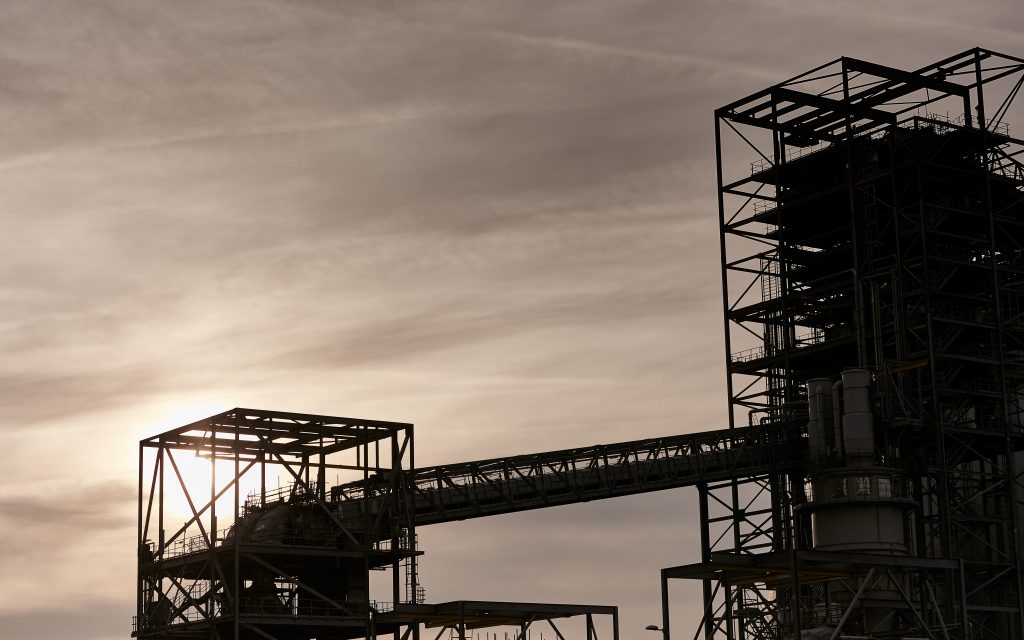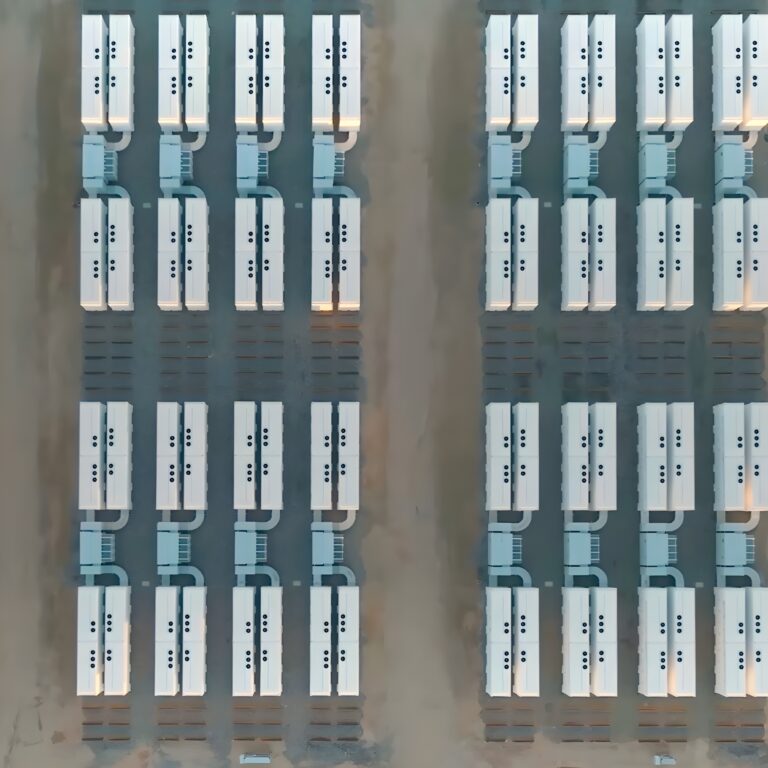Will Gardiner, CEO, Drax Group, said:
“The Government’s Net Zero Strategy, published today, is a key step forward as the UK looks towards a zero-carbon future. It’s also a clear endorsement of the vital role that Drax will continue to play in helping the UK reach its net zero targets.
“It highlights the significant contributions that both our negative emissions technology, bioenergy with carbon capture and storage (BECCS), and the expansion of our pumped storage hydro capacity, could play in generating renewable energy in the UK, for the UK, whilst also addressing the climate crisis.
“It is important that the Government now advances its plans to develop business models for greenhouse gas removal technologies so as to enable companies like Drax to invest in these and ensure their deployment in the 2020s.”
Background
BECCS at Drax:
- Government proposals envisage that by 2030 significant deployment of mature BECCS technologies will be required, with retrofit applications in the power and industrial sectors.
- BECCS applications in the power sector could be deployed by the late 2020s, and potentially achieve ambitious contributions to our NDC target by 2030.”
- Strategy stresses the need for Engineered GGRs to deploy over the next decade with an estimated 23Mt of CO2 needed to be removed by 2035 and between 75 and 81Mt by 2050.
- New government ambition to deliver at least 5MtCO2/year of engineered Greenhouse gas removals (GGRs) by 2030.
- Drax is ready to invest more than £2bn in two BECCS units at Drax Power Station, with the creation of tens of thousands of jobs.
- Once up and running BECCS at Drax will permanently remove at least 8Mt of CO2 from the atmosphere each year, whilst supporting the creation of a new global industry in the UK, delivering tens of thousands of jobs in a new green economy. This builds on what we have already achieved with sustainable biomass, in transforming a coal fired power station to become Europe’s biggest decarbonisation project.
- The UK has decarbonised its energy system faster than any other country’s as a result of the support the government made available to renewables like offshore wind, solar and biomass. With the right policies, the same could be achieved for negative emissions technologies – demonstrating the same, global climate leadership the UK has a track record of delivering.
- Drax Power Station produces 12% of the UK’s renewable electricity, keeping the lights on for millions of homes and businesses.
- We have reduced our emissions by more than 90% in the last decade and Drax is now one of Europe’s lowest carbon energy generators.
Cruachan expansion:
- The strategy outlines flexibility and storage technologies as one of the three key pillars to support the decarbonisation of the power system alongside renewables and nuclear.
- Like Drax’s existing Cruachan facility in Argyll, the new station will be able to provide lifeline stability services to the power system alongside acting like a giant water battery. By using reversible turbines to pump water from Loch Awe to the upper reservoir on the mountainside, the station can store power from wind farms when supply outstrips demand.
- The stored water would then be released back through the turbines to generate power quickly and reliably when demand increases. This will help to cut energy costs by reducing the need for wind farms to be paid to turn off when they are generating excess power. The new station would have the capacity to generate enough power for around a million homes.
- The new 600MW power station will be located inside Ben Cruachan – Argyll’s highest mountain – and increase the site’s total capacity to 1.04GW.
- The new power station would be built within a new, hollowed-out cavern which would be large enough to fit Big Ben on its side, to the east of Drax’s existing 440MW pumped storage hydro station.
- More than a million tonnes of rock would be excavated to create the cavern and other parts of the power station. The existing upper reservoir, which can hold 2.4 billion gallons of water, has the capacity to serve both power stations.
- If planning consent is given for the new power station, the extra capacity could be available in 2030.
- Alongside planning consent, the project will also require an updated policy and market support mechanism from the UK Government.
- The lack of an existing framework for large-scale, long-duration storage and flexibility technologies means that private investment cannot currently be secured in new pumped storage hydro projects, with no new plants built anywhere in the UK since 1984 despite their critical role in decarbonisation. The government recently issued a call for evidence to explore the need to provide further market intervention to support LLES technologies.












